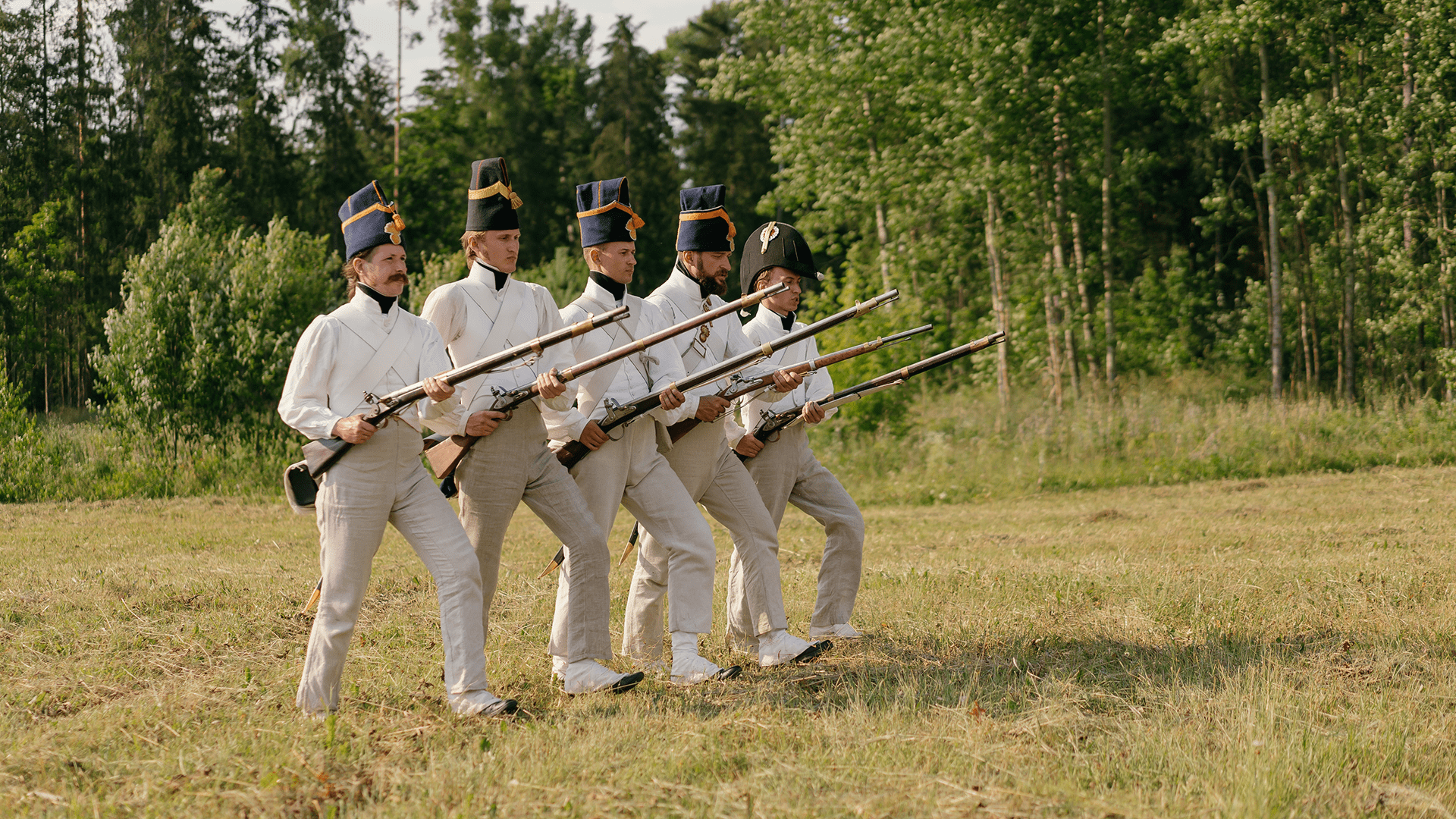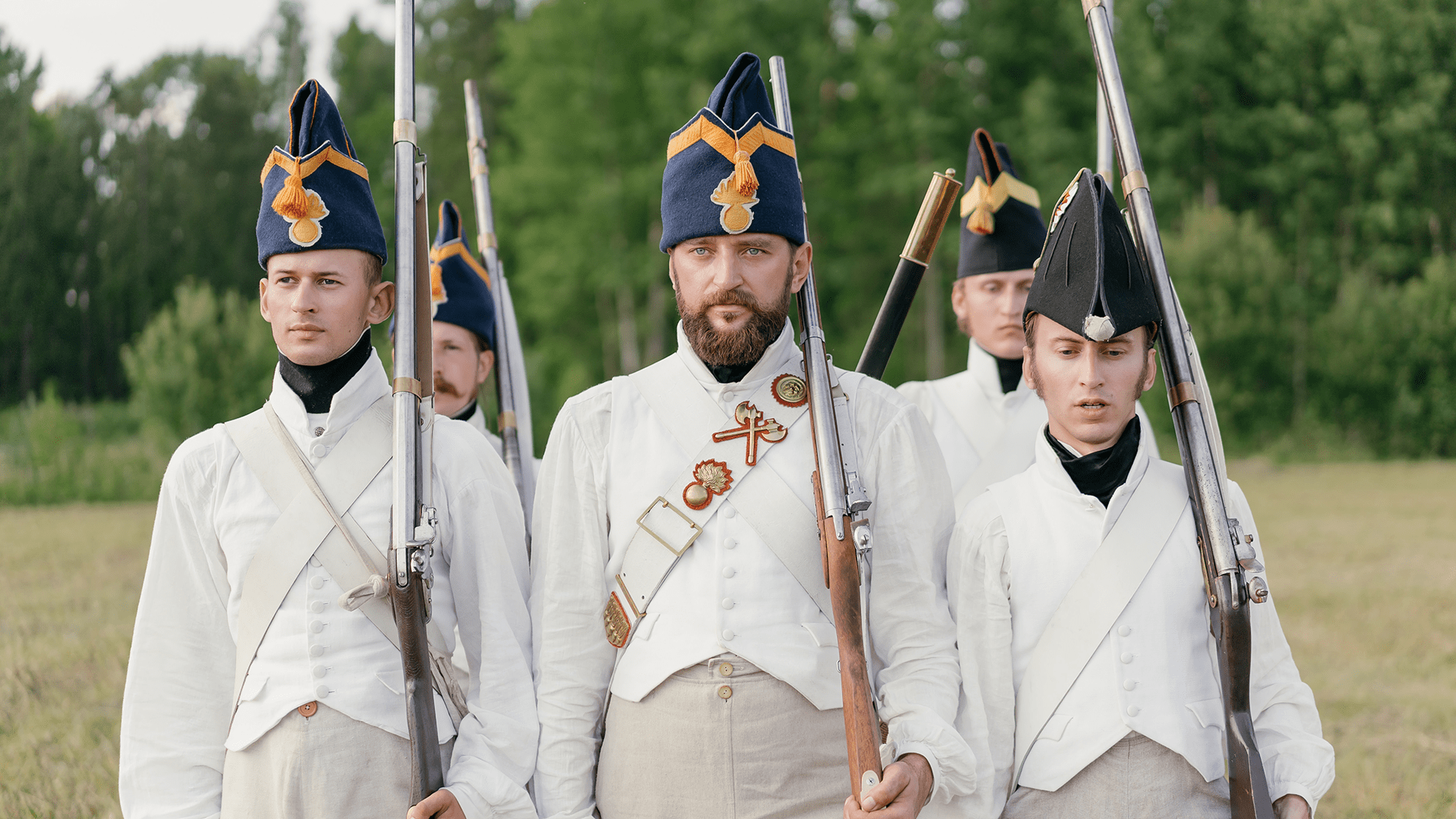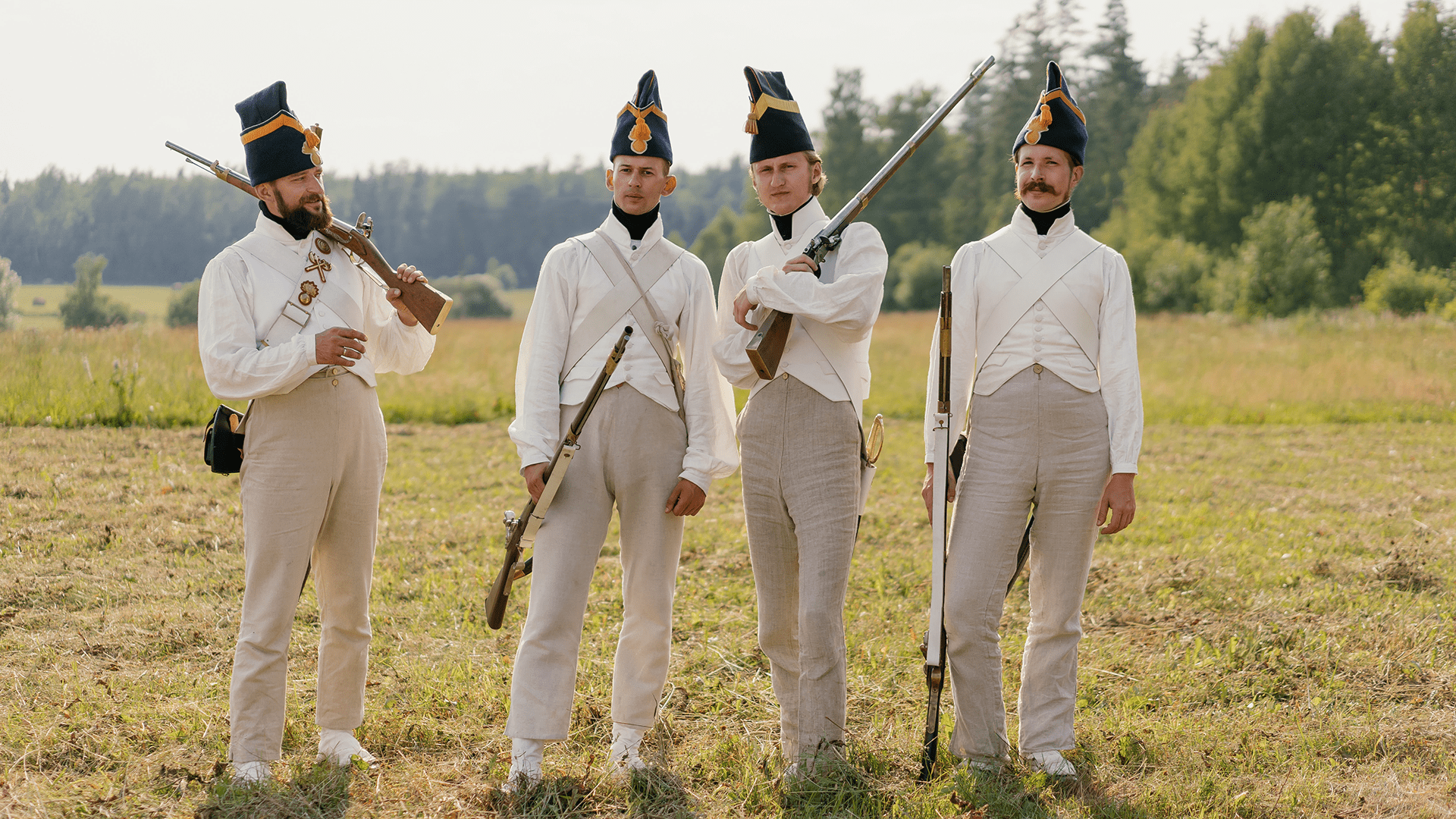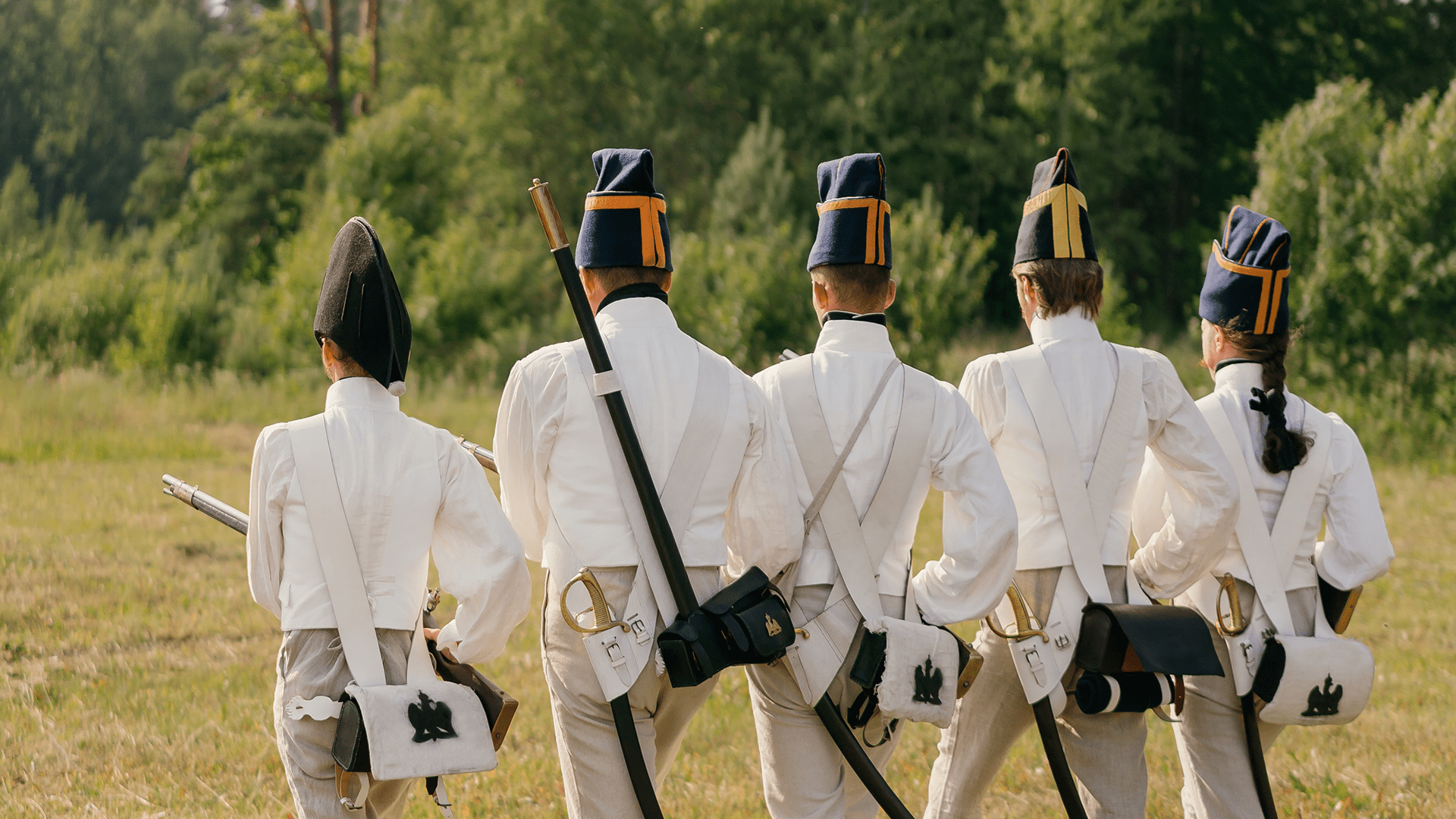The term “smoking gun” has long been associated with military history and is typically used to represent a visual link between two parties in conflict regarding a specific engagement or battle. While it may seem like a modern concept, its origins date back centuries before the start of World War I. In this article, we will explore the many theories of where this iconic symbol comes from and how its use has evolved.
Theories on Its Origins
One popular theory suggests that the first use of a smoking gun came from ancient battles between feudal Japan’s famous samurai warriors; however, similar symbols were also present in Europe during The Hundred Years War linking different sides together which might suggest otherwise. Another speculation suggests the concept was eventually adopted by Japanese forces as an homage to their tradition due to its widespread usage among foreign armies around this period in time. Furthermore, some people believe that the ‘smoking gun’ originated as a metaphor for guns that had just been fired; however, this interpretation has yet to be proven and requires further research into historical documents from this era for validation purposes.
The Evolution of Its Use
The actual phrase ‘smoking gun’ didn’t appear in any meaningful context until the beginning of World War I when it was used as a way to describe evidence that could prove guilt or innocence regarding certain events. It quickly spread throughout Europe and eventually found its way into American culture, even appearing regularly in popular literature and film by the end of the 20th century. In modern times, smoking gun is still used to reference any kind of conclusive evidence tied to an event but can also be used more broadly to describe situations with clear connections between two parties such as economic or political decisions.
Evolution of Symbolism
Over time the imagery associated with smoking guns changed as new interpretations began to develop alongside its widespread usage throughout various parts of the world; while some still view it as just another decoration others perceive them as powerful symbols representing tangible proof connecting parties involved in conflicts or battles whether it be through flags or banners flown by opposing forces during engagements or even special insignia carried by commanding officers indicating who belongs to what side. These additions gave such icons more importance when determining strategy and tactics before engaging in combat against potential adversaries thus making them even more influential than they were previously when they first appeared centuries ago.
Modern Usage
In the modern era, smoking guns have taken on a new form with the evolution of technology and its use in various aspects of life. Nowadays this iconic symbol is often used as evidence to support conclusions drawn from investigations or inquiries into certain matters such as criminal activity, espionage operations, or political scandals; it can effectively provide an undeniable link between two parties that could otherwise not be established through other means. Additionally, it has also become popularised in popular culture through television shows, movies, and video games where it typically serves as a plot device for dramatic effect.
Their Influence Today
Smoking guns have become an important part of understanding military engagements in the present day; despite ongoing debates about what exactly they mean, their presence during battlefields still serves as visual links connecting both sides involved with one another regardless of whether victory or defeat is achieved at any given moment in time. This allows for a better assessment regarding who should engage whom and how best to go about doing so if either party wishes to gain an upper hand during hostilities thus providing commanders with much-needed insight before making critical decisions about how to wage war against potential adversaries.
Conclusion
Although it’s difficult to pinpoint exactly where smoking guns come from, their influence can still be felt today on all sorts of battlefields regardless if it’s ancient Japan or modern-day Europe; with each passing decade, their symbolism continues to evolve giving us greater insight into military history along with adding more important when deciding strategy before engaging in any kind of warfare no matter who stands victorious at the result after all is said and done!




